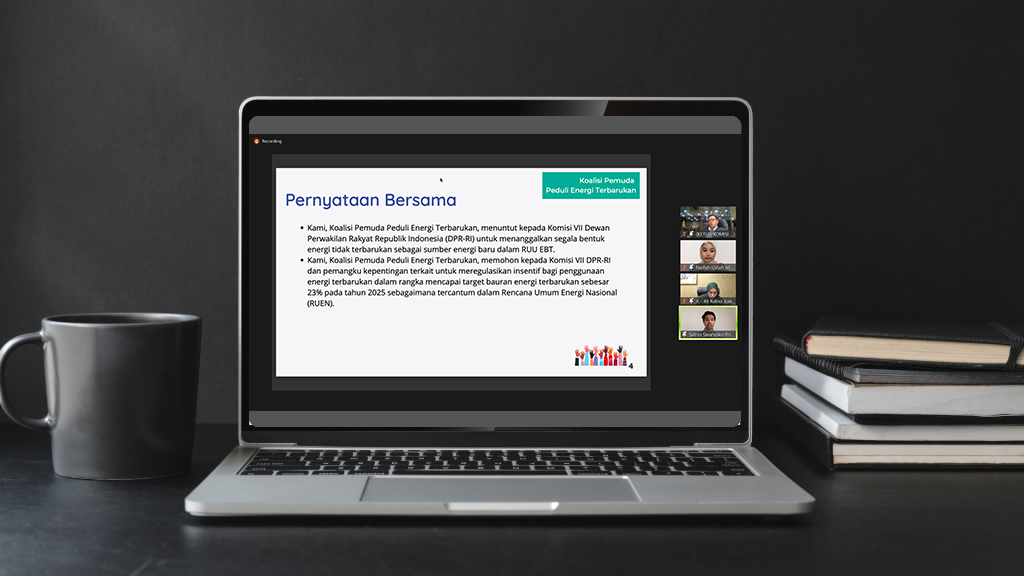Since signing the Paris Agreement in 2015, Indonesia has begun to prepare a Nationally Determined Contribution (NDC) document as an official statement for its emission reduction commitments. Indonesia’s first NDC was submitted to the UNFCCC in 2016. Along the way, many parties considered that the NDC owned by Indonesia had not been able to answer the challenges of the climate crisis and efforts to reduce emissions.
In 2021, with input from various parties, Indonesia will update its NDC document. In terms of emission reduction targets, nothing has changed, but the most noticeable difference is that various adjustments have been made to the 2020-2024 RPJMN and Indonesia’s Vision 2045. In addition, the Ministry of Environment and Forestry (KLHK) has also issued a Long Term Strategy document to complement this latest NDC. Other things added to the latest Indonesian NDC can be seen in the following comparison table.
[table id=76 /]
In the latest document, the Government of Indonesia describes 3 climate change risk mitigation scenarios, namely CPOS (Current Policy Scenario), TRNS (Transition Scenario), and LCCP (Low Carbon scenario Compatible with Paris Agreement). In addition to emission reduction targets, these three scenarios have a direct impact on per capita income and investment costs that must be paid by the government.
Are Indonesia’s emission reduction targets relevant to achieving the Paris Agreement targets?
Indonesia’s steps to improve its NDC have drawn appreciation and criticism. Appreciation is given for efforts to clarify points that have not been included in the NDC document, such as aspects of gender equality and decent work, adding a Long Term strategy (LTS) document, and including Indonesia’s commitment to the International Convention on adaptation.
On the other hand, criticism comes because the ambition to reduce emissions has not increased from the previous document. The emission reduction target in Indonesia’s NDC does not reflect the sense of urgency to respond to the current climate crisis. In fact, the IPCC AR6 report launched in August 2021 states that the time to prevent the earth’s temperature from rising below 2 degrees Celsius is less than a decade away. As one of the top 10 largest emitting countries in the world, Indonesia should be even more ambitious in reducing its emissions.
In addition, in the energy sector in the electricity sub-sector, coal-fired power plants that produce high emissions will still be chosen as a source of power generation even until 2050. However, the reasons for choosing CCS/CCUS technology implementation, both technically and economically, are not explained in detail. It also does not explain the differences in assumptions used between CPOS, TRNS, and LCCP scenarios. The lack of transparency regarding the assumptions used in this document makes it difficult for academics, policy makers, or the general public to study this LTS – LCCR document
IESR considers that the importance of increasing climate ambition is not only to fulfill international agreement commitments but also to realize national economic resilience and mitigate the risk of large costs incurred to fix climate problems in the future. In response to this, IESR compiled a recommendation for the President of the Republic of Indonesia regarding the updating of Indonesia’s Nationally Determined Contribution (NDC) 2021 which can be downloaded as follows IESR Recommendation to President Joko Widodo on Updating NDC – IESR

